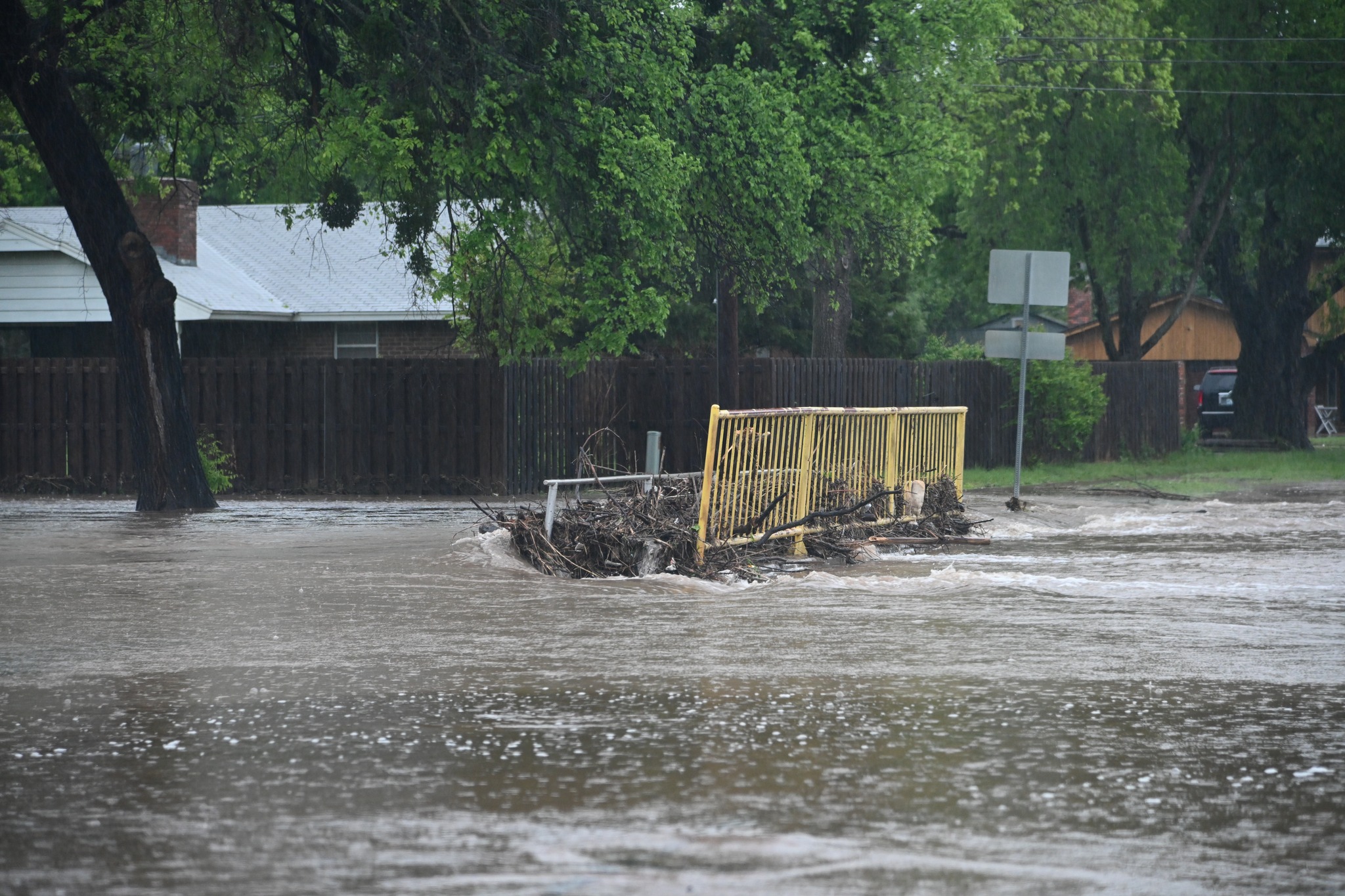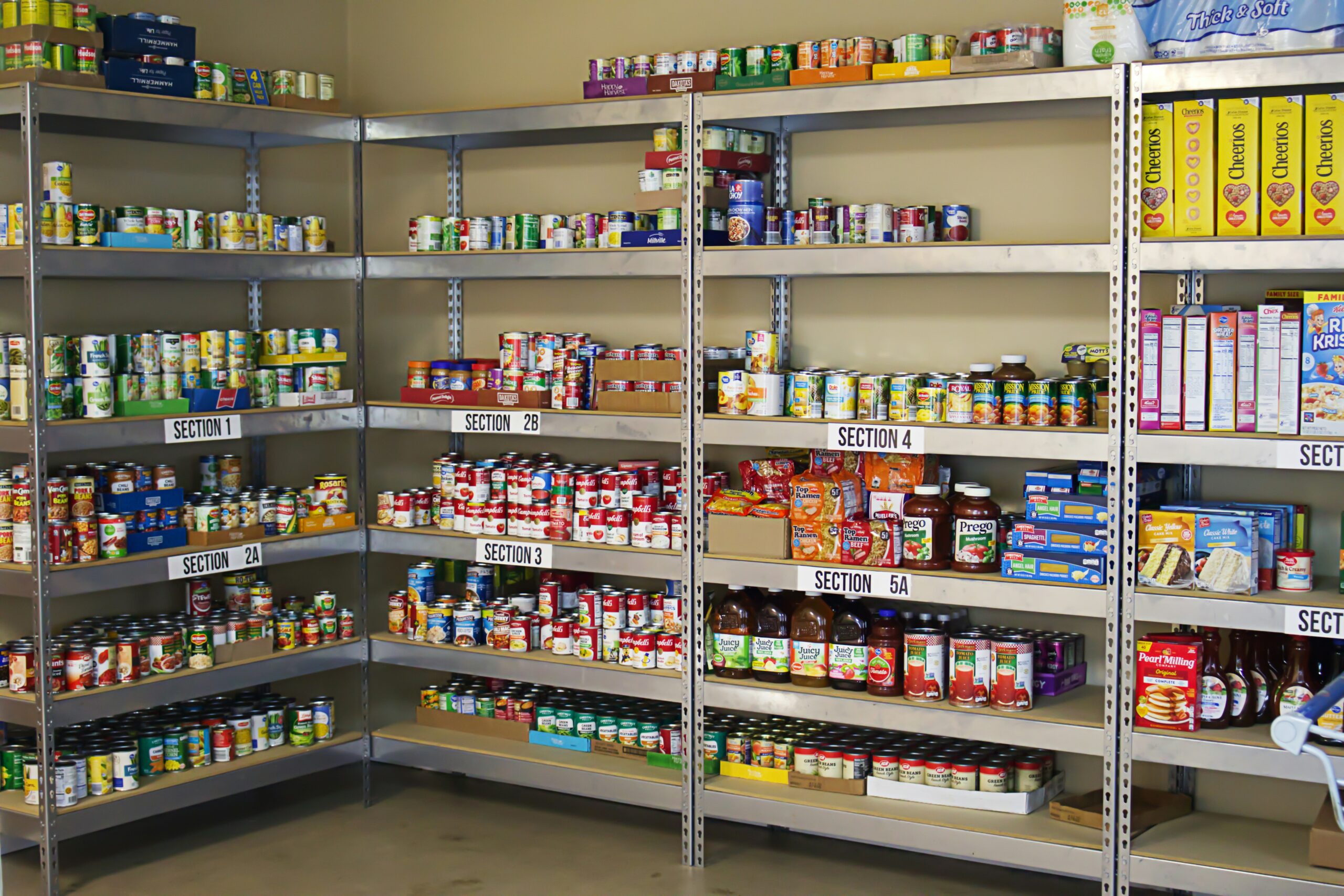What we’re watching: Weekly disaster update, April 28

We know all too well that disaster can strike anytime, anywhere in the world. Some disasters make headlines; others do not. Here at the Center for Disaster Philanthropy (CDP), we monitor the status of disasters worldwide and compile a list of the ones we’re tracking weekly, along with relevant disaster-related media coverage.
Here’s what we’re watching for the week of April 28, 2025.
New or Emerging Disasters
Earthquake – Turkey: On April 23, a 6.2-magnitude earthquake struck Istanbul, injuring 236 people. No fatalities were reported, but dozens of buildings and infrastructure were damaged. Most of the injuries were from people jumping from buildings or having panic attacks. Memories of the earthquake from 2023 that killed 53,000 people in Turkey are still vivid in the minds of Turkish citizens.
Flooding – Oklahoma: One person has died in Oklahoma after severe storms caused flash floods on April 26, submerging major roadways. More than 7 inches of rain fell in some neighborhoods, and dozens of people required rescue.
Previous or Ongoing Disasters
Earthquake – Myanmar: One month after an earthquake devastated Myanmar, humanitarian needs remain significant. At least 198,000 people are still displaced, many living outside in extreme heat. Coastal populations face strong winds, rain and the threat of floods and landslides as cyclone season approaches. About 50,000 buildings were destroyed by the earthquake, and many more are now at risk of collapse.
According to UN News, “More than 4.3 million people urgently need clean water and sanitation, as the earthquakes severely damaged water systems, collapsed over 42,000 latrines and caused widespread power outages that have halted water pumping in many areas.”
More funding is urgently needed for long-term recovery.
Complex Humanitarian Emergencies – Ukraine
When a country experiences political conflict, climate shocks, famine, economic challenges or other conditions, it may suffer a complex humanitarian emergency (CHE). CDP maintains complete profiles on several CHEs. Every week, we highlight these and other CHEs hoping to build awareness and philanthropic response.
Humanitarian aid in Ukraine has significantly reduced the number of people facing food insecurity from 7.2 million in 2024 to 5 million in 2025. However, this number could rise again with recent funding cuts and increased violence at food distribution points.
Key facts:
- Vulnerability to hunger is significantly higher among displaced people, female-headed households, persons with disabilities, older people and large families.
- Inflation has driven food prices up by 25%, with some staple vegetable prices nearly doubling.
- Almost 72% of Ukrainians who receive assistance from the World Food Programme have had to forego food, borrow money to feed their families or go into debt.
- Stores near the frontlines face supply chain disruptions and are often not sufficiently stocked.
- In the last year, food distribution points have been hit by shelling, drones and missiles more than 20 times, putting humanitarian operations at risk.
Russia’s recent attack on a residential building in Kyiv, which killed 12 people and injured 87, came amid ongoing arbitration talks between the U.S., Russia and Ukraine. Such attacks, along with cuts to USAID since January, could result in a reversal of progress from the gains made in Ukraine’s food security.

What We’re Reading
- Controlled burns reduce wildfire risks, but they require trained staff and funding – this could be a rough year – The Conversation
- In Myanmar, a disaster in a war zone means a slow and difficult aid response – The New Humanitarian
- After federal aid cuts, food banks scrounge and scrimp – The New York Times
A moment of hope… About 75% of young people around the world feel frightened by the future due to climate change. Finnish researcher Dr. Panu Pinkhala developed the Climate Emotions Wheel for the U.S.-based resource hub, The Climate Mental Health Network. The Climate Emotions Wheel was created to help people talk about and act on their feelings about climate change.
